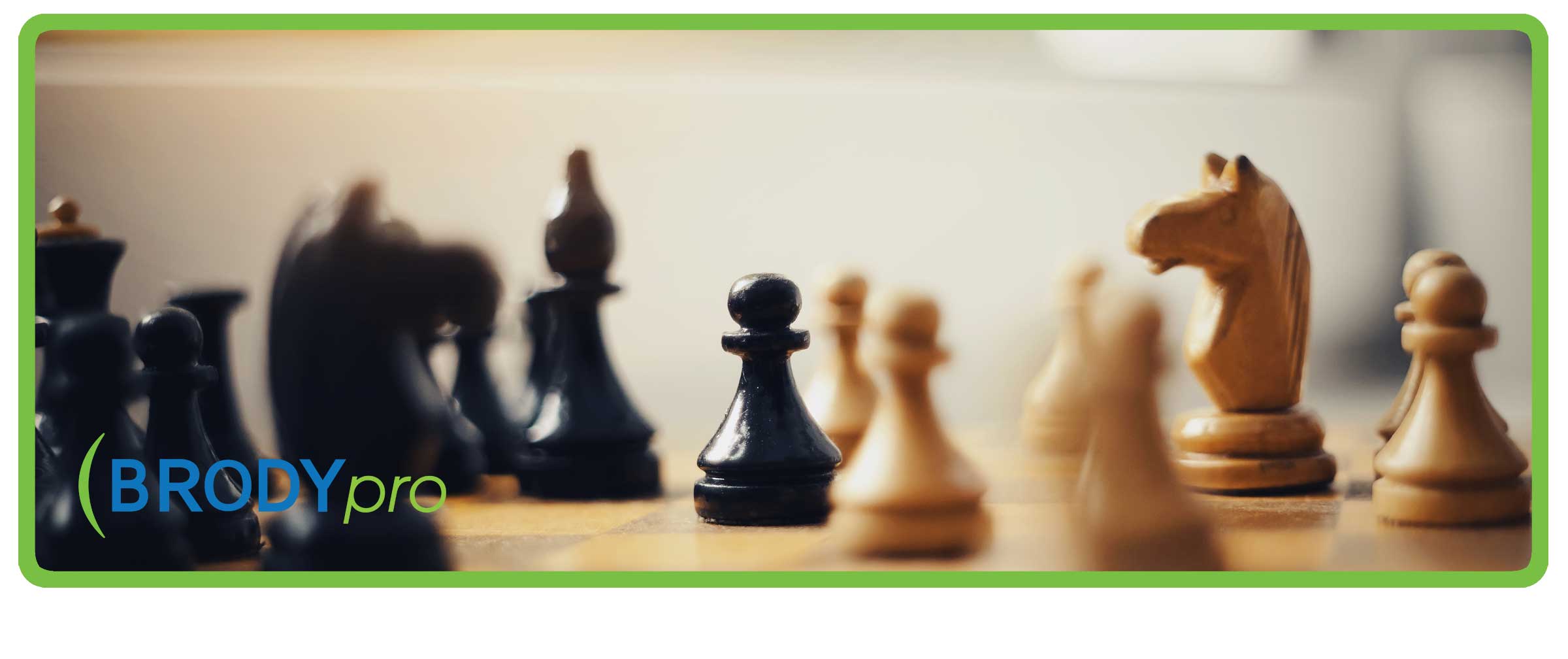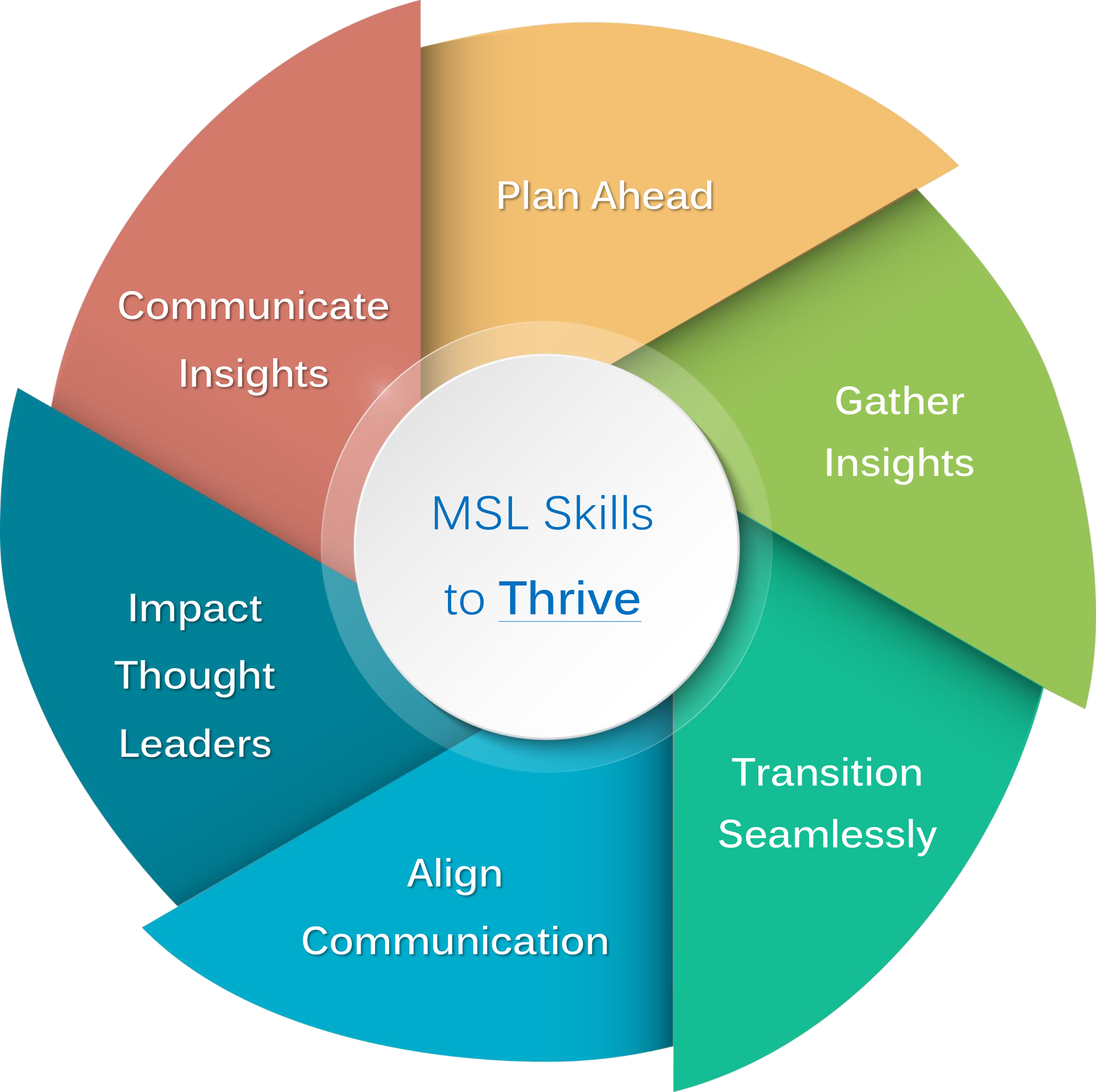
3 Key Strategies for MSLs to Impact Thought Leader Practices
It used to be that MSLs only had to interact with physicians to do their jobs well. Not so anymore.
Today, as their role expands, MSLs must learn to interact with a wide range of external stakeholders, including scientific societies, pharmacists, nurses, patient advocacy groups, payers — and the KOLs who influence them all.
“The MSL function has gone from a marketing support function to a science-based one,” Raul Perez-Olle, M.D., Ph.D., executive director of medical affairs at Lexicon Pharmaceuticals, recently told PharmaVOICE magazine.
As a result, the ability to influence KOLs is now a top priority. This requires clear, concise, and compelling communication. Without it, you’ll struggle to make their case for clinical value and fail to sway decision makers.
Rise to the demand for influencing KOLs with these three key communication strategies:
- Make Your Message Stick Using Stories and Analogies.
- Use the CAR Framework to Structure Your Stories.
- Use the PREP Framework to Make Stronger Arguments.
Stories and Analogies
Stories and analogies are vital to communicating the “why” to KOLs. What’s the real reason you’re making your case? Why is this conversation so important to you — and, in turn, to physicians and their patients?
Instead of just stating facts, use emotional stories that the KOL can relate to. Stories are “stickier” than cold data, and they lower defenses.
Likewise, the right analogies can help frame the “why” within the clinical context, giving KOLs something tangible to sink their teeth into.
The CAR Framework
Once you know what stories you want to tell, don’t just wing it. Instead, employ a structured narrative to tell stories with impact. Use the CAR framework to clarify each essential part of your story:
Circumstance:
Introduce the main story elements, such as people, time, and place. This should be concise and short. It will set the tone for the story to come, grabbing the KOL’s attention by painting a picture of a scene they can easily imagine.
Action:
Now that the KOL knows the basics, it’s time to edge closer to the action. This is where your story transforms from a static scene into an event worth talking about. The action is the response to the circumstance. What happened as a result? The answer is what constitutes the action part of the story. This is also known as the conflict, which is stoked by the circumstance that came before.
Result:
The final part of your story is the result. Here, your story comes full circle, tying back to the introduction. The KOL is now eager to learn the resolution. This is the moment of learning.
The PREP Framework
When a KOL asks for your point of view, explain your position clearly and concisely. Don’t rush your answer. Walk through the four steps below to make sure you’re making a compelling argument:
Position: State your position (or viewpoint) about the subject you’re discussing.
Reason: Provide a reason for what you believe.
Example(s): Give an example of what you’re referring to.
Position: Restate your position to bring it all together and include a call to action.
Show and Tell
The key to gaining influence with KOLs isn’t through data charts and facts (They have their place). It’s through the creation of stories and patient-centered narratives.
When working with KOLs, don’t just tell – show. Start by understanding the story you’re telling. Then, apply the strategies above to bring it to life.
Want more strategies to develop as a Medical Liaison? Check out our next blog for more MSL content or browse through all 6 “MSL Skills to Thrive” below.

You can also contact us to schedule a skills development workshop for your team.